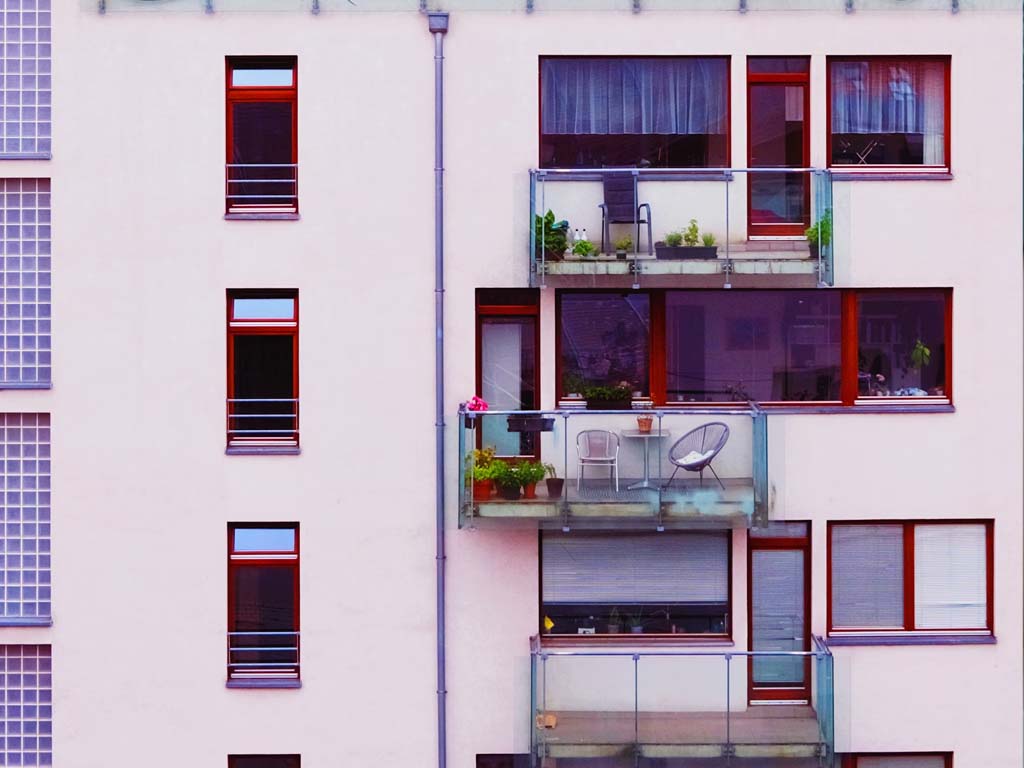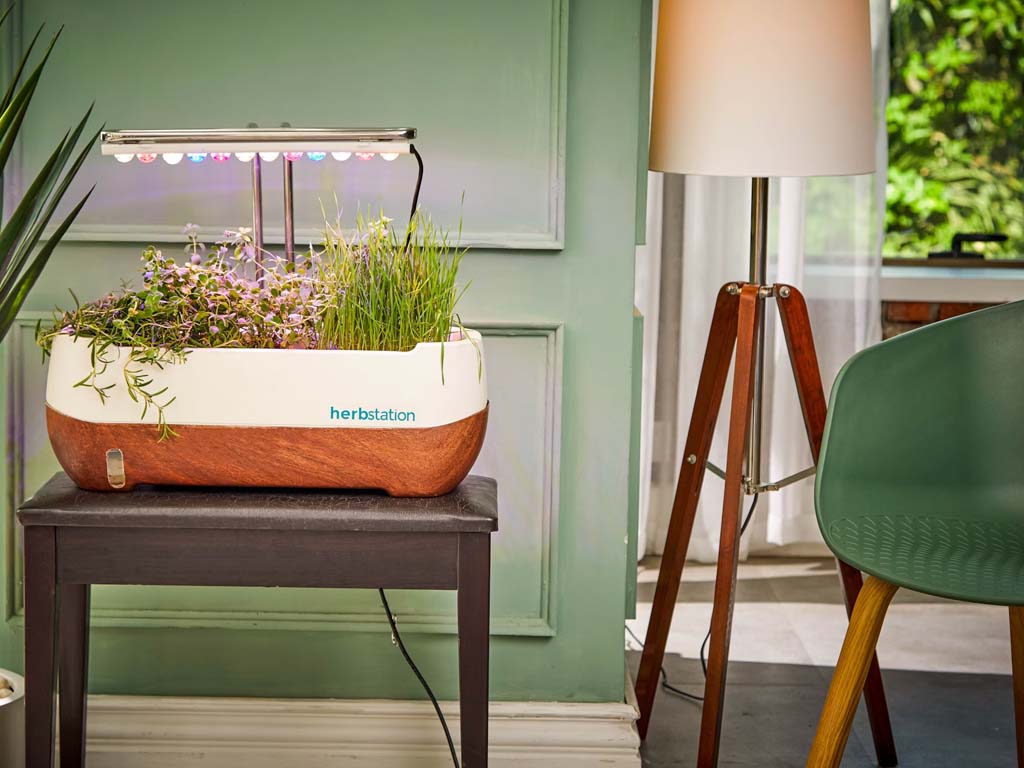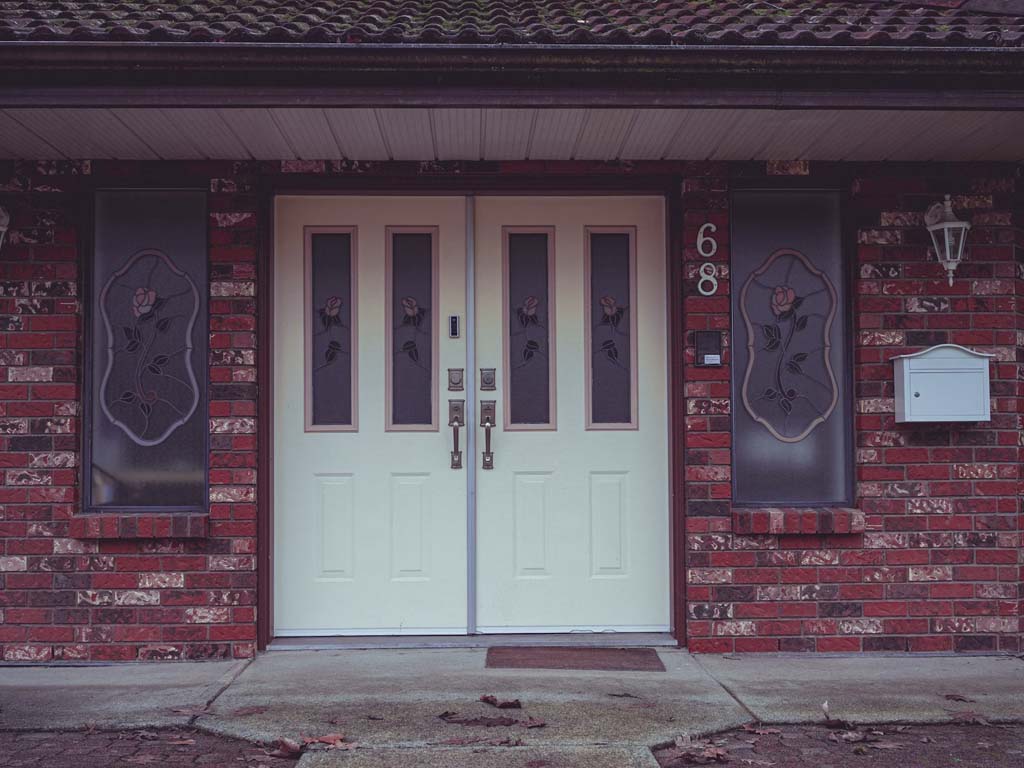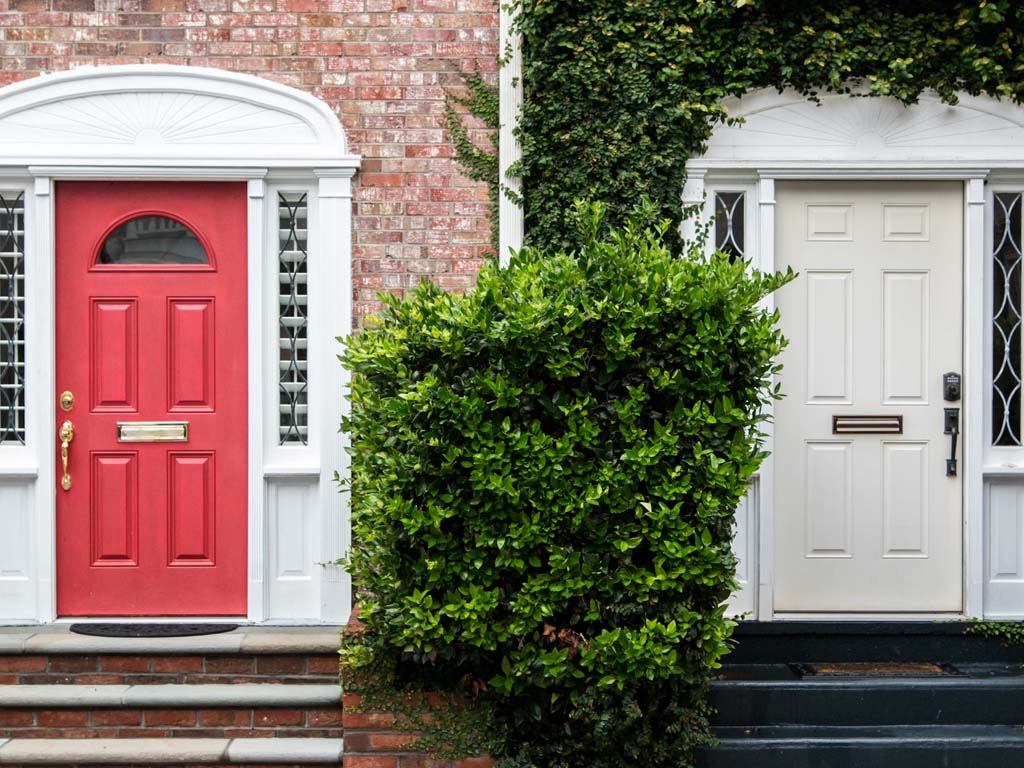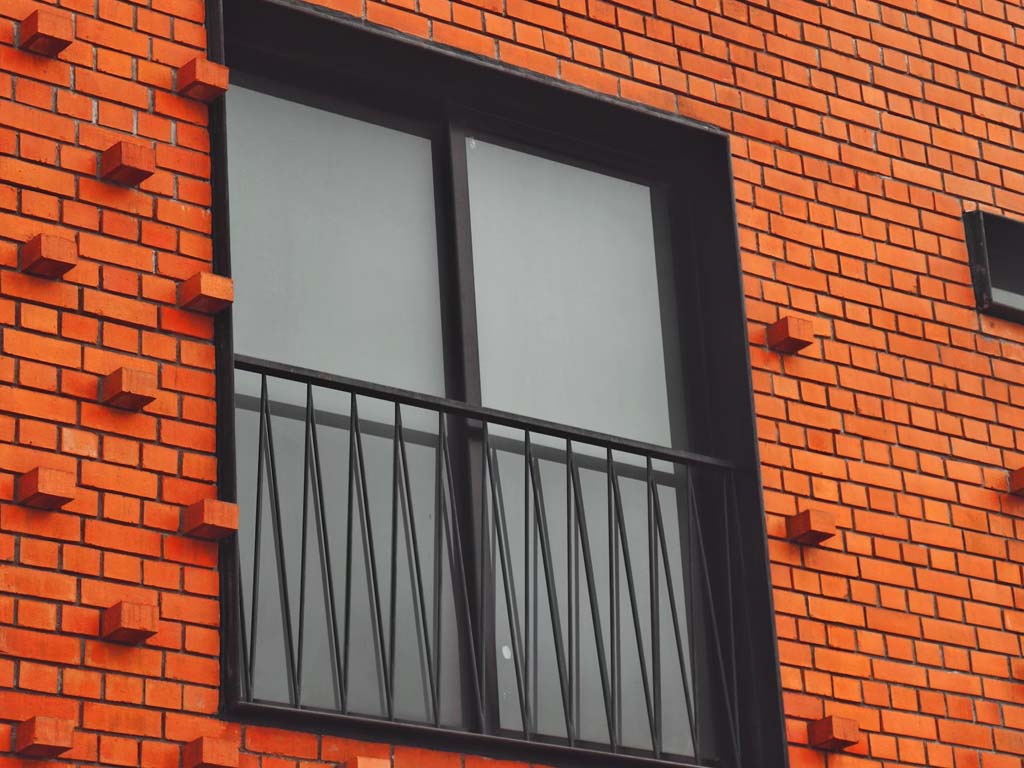In recent years, the demand for sustainable living has surged, as more people are becoming aware of the impact their daily habits have on the environment. One of the most significant trends in the pursuit of sustainability is the rise of smart homes. These homes, equipped with advanced technology, are designed not only to make life more convenient but also to help reduce energy consumption, lower carbon footprints, and create a more eco-friendly living environment.
But how exactly do smart homes contribute to sustainability? In this blog post, we’ll explore the ways in which smart home technology is shaping the future of sustainable living. From energy-efficient devices to resource conservation and improved environmental awareness, smart homes are proving to be a game-changer in creating a greener world.
1. Smart Thermostats: Optimizing Energy Use
Why It’s Sustainable:
One of the largest contributors to a home’s energy consumption is heating and cooling. Traditional thermostats often rely on manual settings, leading to wasted energy when heating or cooling isn’t needed. Smart thermostats, like the Nest Learning Thermostat or Ecobee, offer a more efficient alternative.
These devices learn your habits over time, adjusting the temperature based on your schedule. For example, your thermostat will automatically lower the temperature when you’re away from home or adjust the heat while you’re sleeping, preventing unnecessary energy consumption. Moreover, smart thermostats can be controlled remotely, allowing you to adjust the temperature before you arrive home, so you’re never using excess energy while you’re not there.
Key Benefits:
– Reduces energy waste by adjusting temperatures based on activity.
– Can be controlled remotely, so energy isn’t wasted when you’re away.
– Helps lower heating and cooling costs, contributing to overall energy savings.
2. Smart Lighting: Reducing Energy Consumption
Why It’s Sustainable:
Lighting is another area where smart homes can make a significant impact. Traditional incandescent light bulbs are highly inefficient and consume a lot of energy. On the other hand, smart lighting systems, such as Philips Hue or LIFX, offer energy-efficient solutions that help reduce your home’s electricity consumption.
These systems allow you to control the brightness of your lights, set schedules, and even change colors based on your needs. Most importantly, smart bulbs are LED-based, which means they use far less energy than traditional bulbs. Additionally, you can program your lights to turn off automatically when you leave a room, preventing waste.
Key Benefits:
– Energy-efficient LED bulbs use up to 75% less energy than incandescent bulbs.
– Automated scheduling can ensure lights are turned off when not in use.
– Customizable lighting that matches your mood or activity without wasting energy.
3. Smart Plugs: Reducing “Phantom” Energy Use
Why It’s Sustainable:
Even when your appliances and electronics are turned off, many continue to draw power in what’s called phantom energy or standby power. Devices like your TV, coffee maker, and microwave still consume electricity when plugged in, even if they’re not actively in use.
Smart plugs, such as those made by TP-Link or Wemo, help reduce phantom energy use. These devices allow you to control the power flow to plugged-in devices via an app or voice commands. You can set schedules to turn appliances off when they’re not needed, or control them remotely when you’re not home.
Key Benefits:
– Completely eliminate energy use from idle appliances.
– Schedule devices to power down when not in use.
– Monitor energy consumption to identify power-hungry devices.
4. Smart Water Management: Saving Water and Money
Why It’s Sustainable:
Water conservation is a crucial aspect of sustainable living, especially in areas that face water scarcity. Traditional plumbing systems often waste water through leaks, inefficient use, and over-irrigation. Smart water management systems, such as Rachio Smart Sprinklers or Moen’s Flo by Moen, offer advanced solutions to monitor and manage water use in your home.
Smart water systems can help you optimize irrigation schedules by adjusting the water flow based on weather patterns, moisture levels, and time of day. They can also alert you to potential leaks in your plumbing system, preventing costly water damage and wasted water.
Key Benefits:
– Reduces water waste through efficient irrigation systems.
– Detects leaks early to prevent damage and excessive water use.
– Helps maintain optimal water usage for daily needs.
5. Smart Appliances: Reducing Waste and Increasing Efficiency
Why It’s Sustainable:
The appliances you use on a daily basis can have a significant impact on your home’s overall sustainability. Smart appliances, like refrigerators, washing machines, and dishwashers, are designed to be more energy- and water-efficient than their traditional counterparts.
For instance, smart refrigerators are able to adjust their cooling based on the contents inside, while smart washing machines use sensors to determine the appropriate water levels and washing cycles. This results in better performance and lower resource consumption, reducing the environmental impact of your household.
Key Benefits:
– Smart fridges and ovens optimize energy use based on needs.
– Washing machines and dishwashers reduce water waste.
– High efficiency leads to lower utility bills and reduced environmental impact.
6. Renewable Energy Integration: Solar Power and Battery Storage
Why It’s Sustainable:
One of the most significant advancements in smart home technology is the integration of renewable energy sources, particularly solar panels and battery storage systems. Smart homes can incorporate solar panels to generate clean, renewable energy from the sun. Paired with a smart home energy management system, like Tesla Powerwall, homeowners can store excess energy generated during the day to be used at night or during peak demand times.
This integration allows homeowners to maximize their use of renewable energy while minimizing their reliance on the grid, reducing both their energy costs and carbon footprint.
Key Benefits:
– Solar panels harness clean, renewable energy from the sun.
– Battery storage allows you to use energy when the sun isn’t shining, reducing reliance on fossil fuels.
– Integrating smart energy management systems optimizes the use of stored energy, ensuring efficiency.
7. Smart Home Monitoring: Real-Time Insights on Resource Usage
Why It’s Sustainable:
A major benefit of smart home technology is its ability to provide real-time data on your home’s energy, water, and resource usage. Smart home energy monitoring systems, like those offered by Sense or Neurio, track the energy consumption of each appliance in your home, providing you with insights into your usage patterns. This enables you to identify areas where energy or water is being wasted and take steps to reduce consumption.
Key Benefits:
– Real-time monitoring of energy usage to make informed decisions.
– Alerts on excessive energy consumption or leaks in plumbing systems.
– Detailed analytics on how to optimize resource usage in your home.
8. Sustainable Smart Home Design and Construction
Why It’s Sustainable:
Building a smart home from the ground up allows you to incorporate sustainability into every aspect of its design and construction. Many modern smart homes are being built with energy-efficient materials, smart insulation, and advanced HVAC systems to reduce their environmental impact. Smart windows that adjust tint based on the sun’s intensity and walls that reduce heat loss can make a home more energy-efficient from the start.
When combined with smart home technologies, these features create a living environment that is as eco-friendly as it is high-tech. Smart home systems also allow homeowners to monitor and adjust settings for maximum efficiency, contributing to long-term sustainability.
Key Benefits:
– Integrates sustainable design with energy-efficient materials.
– Reduces overall energy consumption and resource waste.
– Enhances the long-term sustainability of the home’s operation.
9. Smart Waste Management: Recycling and Reducing Waste
Why It’s Sustainable:
Smart waste management is an emerging trend in sustainable smart homes. Devices like Trashbot or CleanRobotics can automatically sort waste and recyclables, helping homeowners improve their recycling efforts and reduce landfill waste. These systems use sensors and AI to identify materials and ensure they are disposed of or recycled properly.
Key Benefits:
– Automatically sorts recyclables from regular waste.
– Reduces contamination in recycling streams.
– Helps homeowners be more conscientious about waste management.
Conclusion: A Greener Future with Smart Homes
Smart homes are undoubtedly the future of sustainable living. With their ability to optimize energy use, conserve water, reduce waste, and promote eco-friendly habits, these homes are a significant step toward a more sustainable lifestyle. Whether it’s using a smart thermostat to save energy, managing resources with smart appliances, or integrating renewable energy sources like solar power, the benefits of smart homes extend far beyond convenience—they contribute to a greener, more sustainable world.
As technology continues to evolve, smart homes will only become more advanced and integrated, offering even more ways to reduce our environmental impact. By investing in smart home technologies today, you’re not just improving the efficiency and convenience of your home—you’re also helping to create a sustainable future for generations to come.
